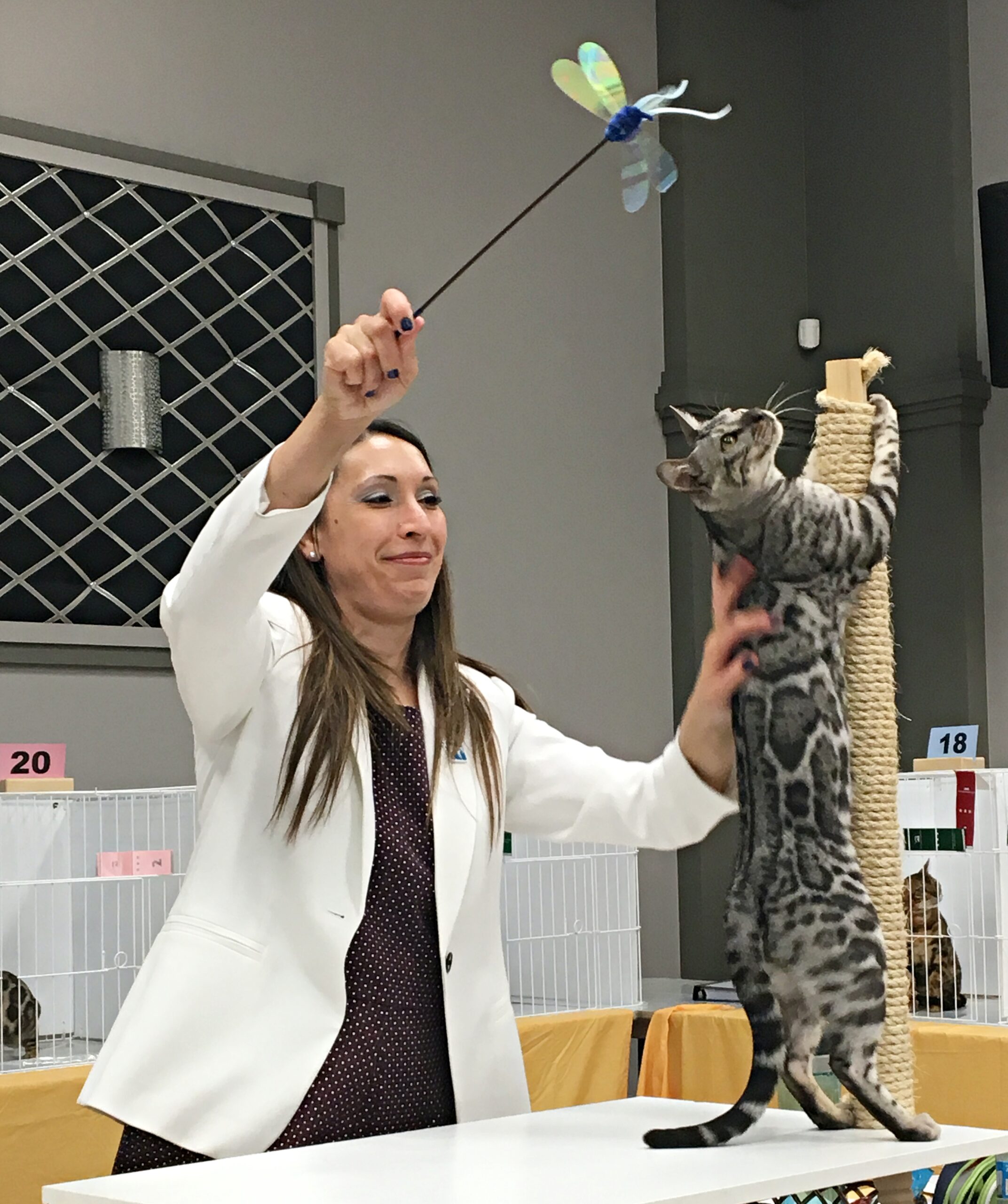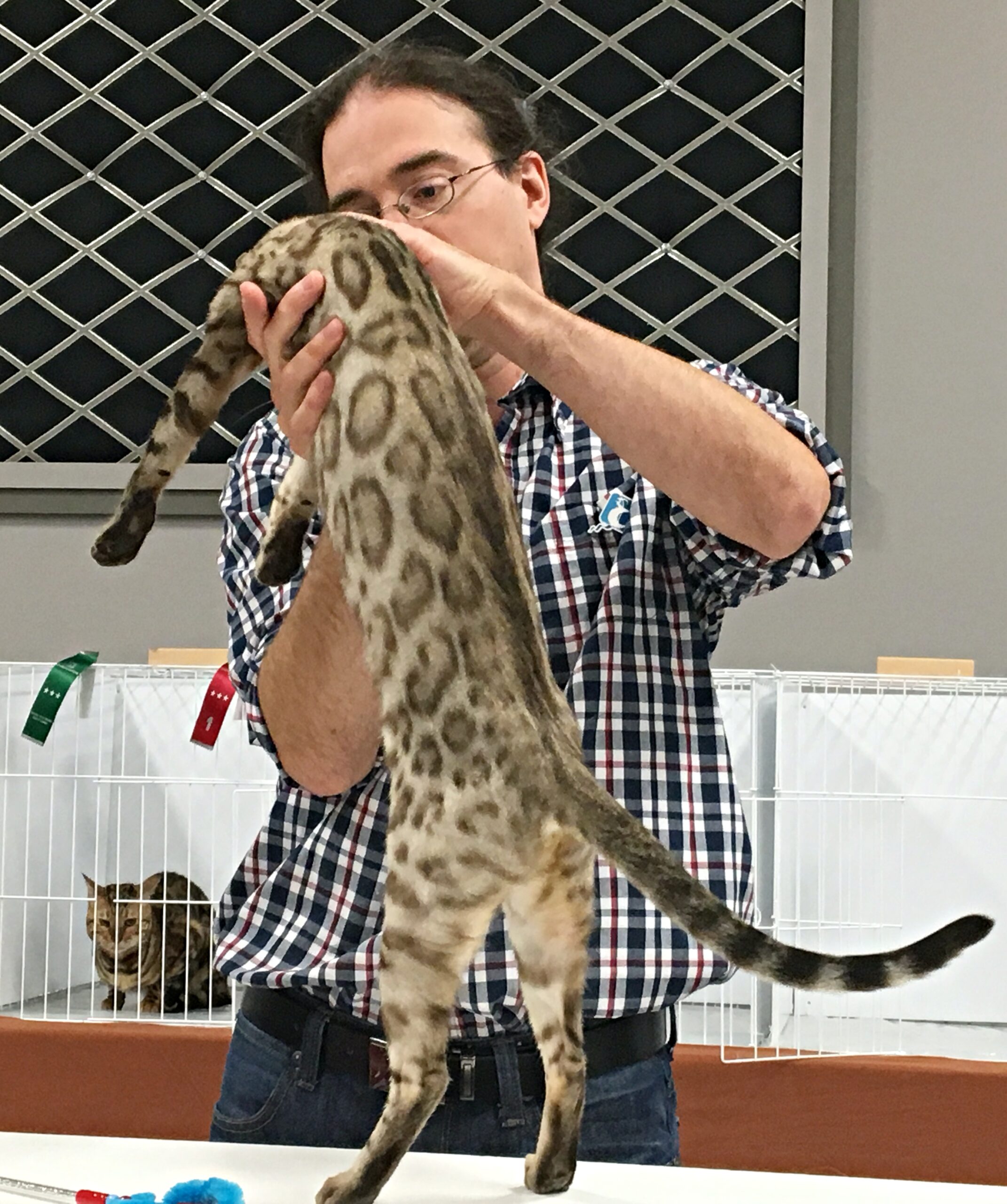Breed standard
bengal
cat
The Bengal seems to have walked from the jungle into our lives. Her temperament is reliable, curious, intelligent, interactive and loving. The ancestral models, Felis silvestris catus and Prionailurus bengalensis, create patterns reminiscent of the wild, as well as entirely new and unique patterns to both models. The Bengal is athletic, sleek and muscular. Medium to large in size, taking into account the smaller females.
standard

BODY CONFORMATION
BODY - Long and substantial but neither oriental nor "foreign". Medium to large.
FRAME - Robust, never delicate.
MUSCULATURE - Very muscular especially in males; one of the most distinctive features.
NECK - Substantial and muscular, of medium size in proportion to the head. Long, proportional and to the body.
LEGS - Length is medium, slightly longer at the back than the front. The framework is strong and substantial, never delicate. Very muscular like the body.
FEET - Large, round, with prominent knuckles
TAIL - Thick, it should be of medium length with a rounded tip.
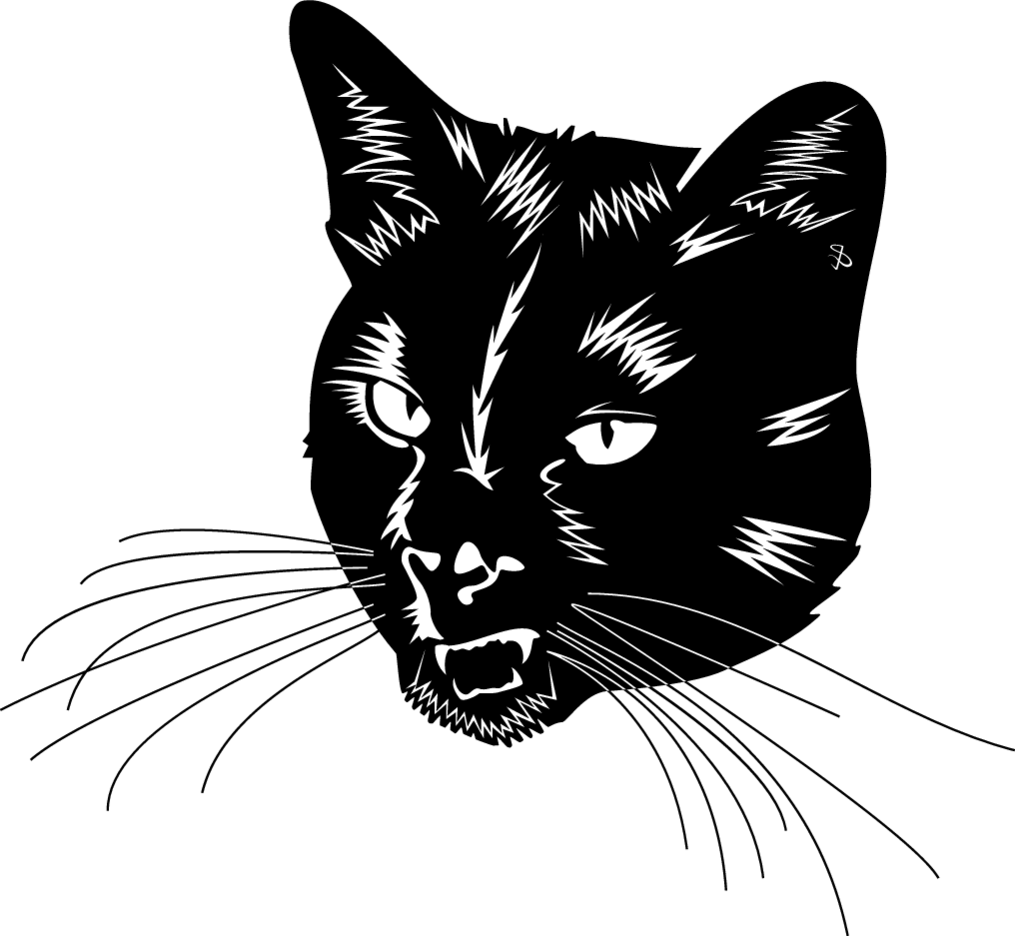
HEAD
SHAPE - Modified wide "V" shape with rounded contours and slightly longer than wide. Jowls should be taken into account in adult males.
CHIN - Strong, substantial chin, aligned with the tip of the nose in profile.
MUZZLE - Full and broad, with large, prominent patons and high, protruding cheekbones. Light pinch.
NOSE - The nose has a very slight concave curve. The leather of the nose is long and broad, slightly swollen.
EARS - Overall average. Size is medium to small, with ears appearing larger in kittens up to 12 months old. The base is wide in proportion to the height. Rounded tips are desirable. Appearently curved shape is preferred, with a slight forward tilt. Are placed equally spaced on the side and top of the head, following the contour of the face in the frontal view and tilting forward in the profile view. Light hairs in the ears are acceptable but plumes are undesirable.
EYES - Oval acceptable, but round eyes are desirable. Large but not globular. Set apart, towards the back of the face, slightly biased towards the base of the ears. Eye color should match the color of the coat. Richness and depth of eye color sought.
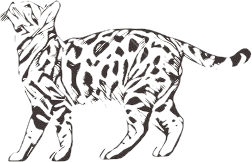
DRESS / LENGTH
Short to medium-short length (tolerances for a slightly longer coat in kittens). The texture should be silky to the touch and should not be harsh.

PATTERNS
SPOTTED - The pattern should be random, horizontal or diagonal, with little or no resemblance to the dappled pattern or a classic tabby. Also, the pattern is not necessarily symmetrical on the 2 sides of the cat. Rosettes with two distinct colors or shades are far better than a single spot ("spot") but not required. Paw print, arrowhead, donut or semi-circular, grouped or other odd shapes showing distinct patterns of domestic cats. The contrast must be extreme, with distinct shapes and vivid outlines. Horizontal streaks under the chin, chest and shoulders are desirable. Necklaces can be broken or complete. The belly should be spotted. Favorite white underside and belly. Special merit given to a unique boss who catches the eye as not being a domestic.
MARBLE - The brands, although derived from the classic tabby gene, are combined with the horizontal pull of the non-domestic, resulting in a different unique pattern with as little similarity as possible. The pattern should, on the contrary, be random giving the impression of marbling, preferably with a horizontal flow when the cat is stretched. The vertical influence of dapple is not desirable. Preference to be given to cats with three or more shades i.e. background color, marking and dark outline of those marks. The contrast must be extreme, with distinct shapes and vivid outlines. Strong streaks on the face. Necklaces can be broken or complete. The belly should be spotted. Favorite white underside and belly. Special merit given to a unique boss who catches the eye as not being a domestic.

COLOR
All colors should be bright and rich with no markings. The background color should be light.
COAT GLOSS Comes from a domestic cross in early Bengals. It is a recessive gene giving a "metallic" appearance, commonly referred to as "glitter", and resembling gold or silver dust (depending on the color of the coat), and a silky softer texture. This characteristic is unique to the Bengal cat, and should be kept in the breed.
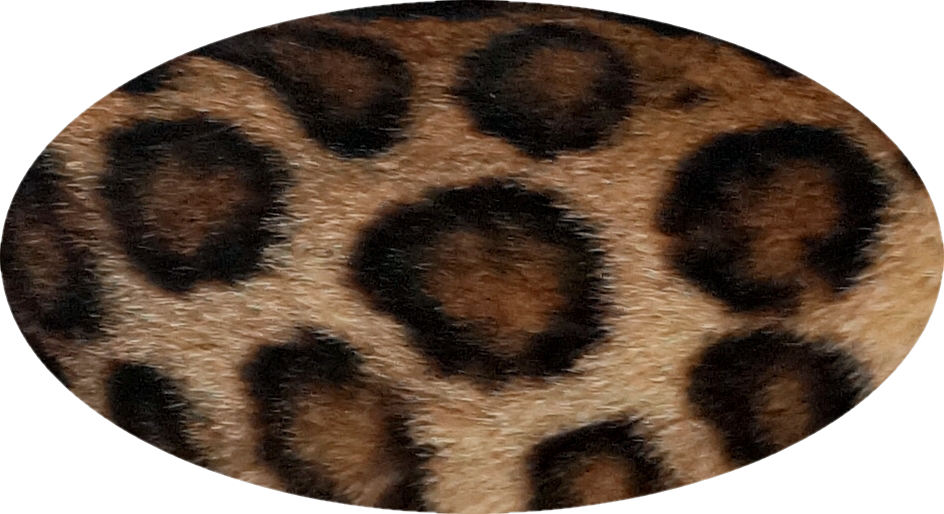
CONTRAST
Contrast is applicable to all colors. The colors affixed to the background color must be extreme, giving a distinct pattern and vivid contrasts. Note, however, that the intensity of the contrast varies depending on the color and / or pattern of the dress, more particularly with regard to the Seal point, Charcoal, Blue and Cinnamon colors and patterns where the contrast will not be as marked, not as extreme as for brown or silver. The background color has agouti bands, the uniformity of these bands gives clarity to the background coloring.

BALANCE AND WELL-BEING
The breed is expected to exhibit strong muscle development.
TEMPERAMENT
Although temperament is no longer judged in competition, it should be gentle. Any sign of definitive challenge will be disqualified. The cat may show fear, seek to flee, or complain aloud, but not threaten to harm. Bengals should be confident, alert, curious and friendly.
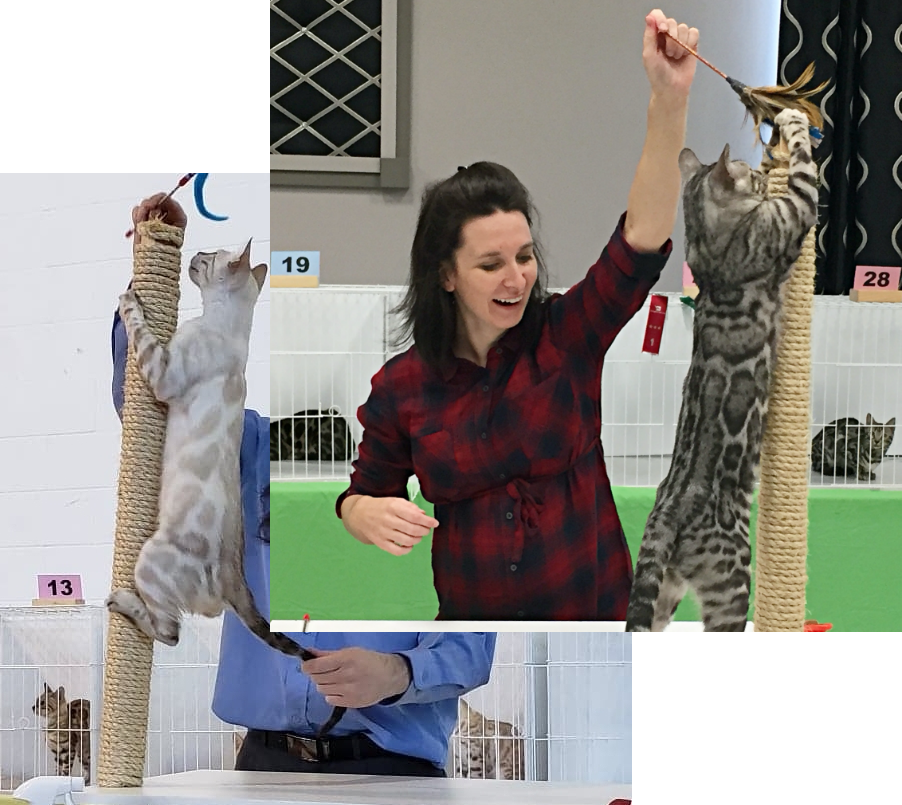
DEDUCTION PENALTIES
- Spots on the body that run together vertically forming a dapple pattern.
- Circular target pattern on marbled pattern
- Pointed tail
- Dark body color for pointed cats
- Presence of Ticking
REFUSAL OF ANY TITLE
- Belly not spotted
- Paw pads do not match their color group description
- Cushions not all the same color
- Incorrect color on the end of the tail
- Any other refusal criteria, as prescribed in the General Preface
A judgment in pictures
These images come from cat shows organized by various clubs affiliated with Chats Canada Cats.



